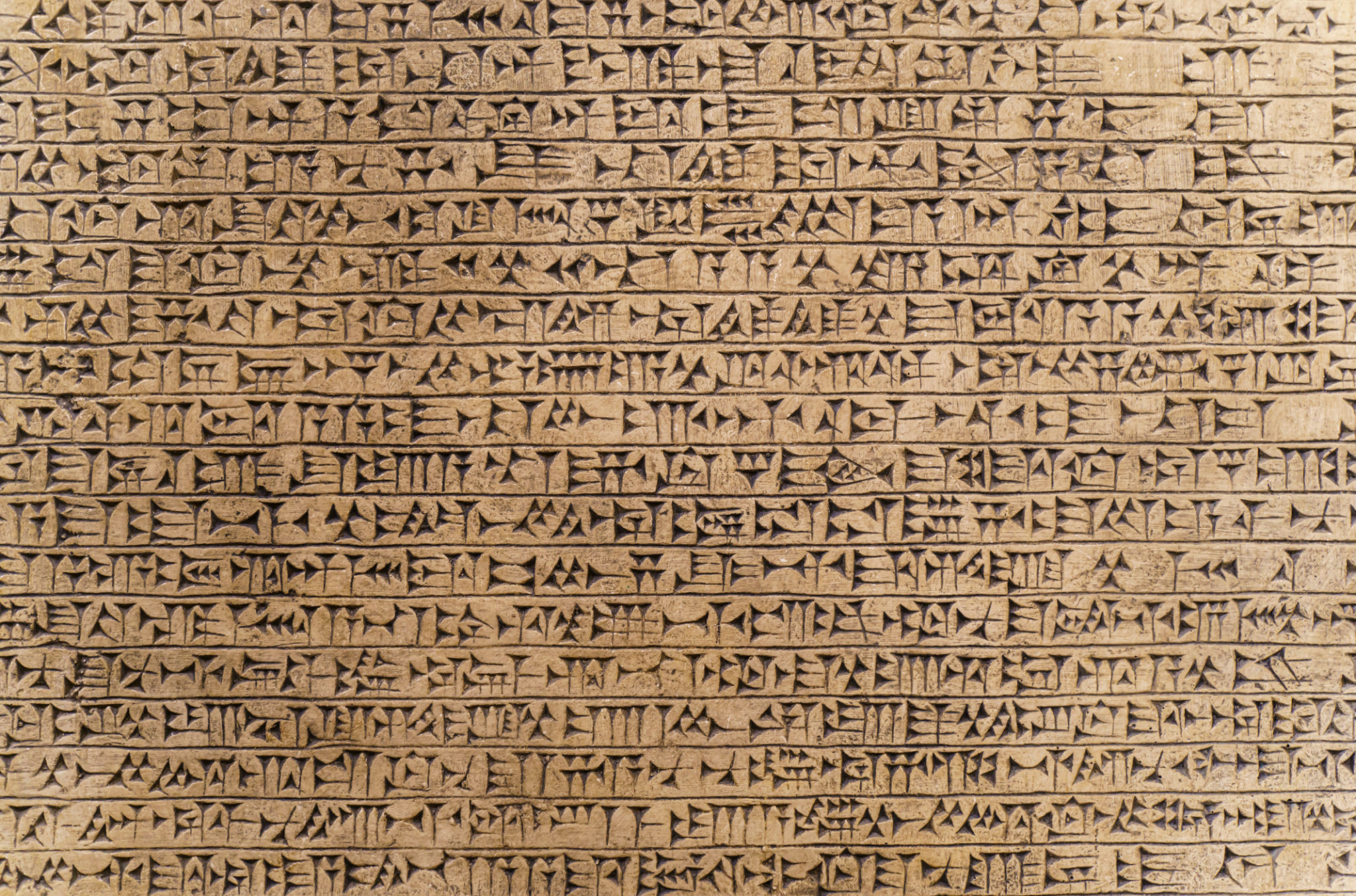The Role of AI in Reviving Sacred Texts and Teachings
Preserving Ancient Wisdom with AI
In a rapidly evolving digital age, artificial intelligence (AI) is playing an increasingly pivotal role in preserving and reviving sacred texts and teachings. These ancient manuscripts contain invaluable knowledge, offering insights into spirituality, philosophy, and human history. With the help of AI, these texts are being digitized, translated, and analyzed with unprecedented precision, ensuring that they remain accessible for future generations.

Digitization and Preservation
The first step in reviving sacred texts involves digitization. Through advanced scanning technologies and AI, fragile manuscripts can be converted into high-resolution digital files. This process not only safeguards the original documents from physical decay but also makes them available to a global audience. By utilizing AI's capabilities, even texts that are damaged or faded can be restored to clarity, preserving their content for posterity.
AI algorithms can also enhance the preservation process by identifying patterns in text degradation. This helps conservators understand how environmental factors affect manuscripts, allowing them to develop better preservation techniques. As a result, AI not only aids in digitizing these texts but also enhances their longevity.
Deciphering Ancient Languages
One of the most significant challenges in reviving sacred texts is the translation of ancient languages. Many of these languages are no longer spoken, making it difficult for scholars to interpret the texts accurately. AI-powered translation tools are now capable of decoding these languages by analyzing vast datasets of linguistic patterns and historical context.

Through machine learning, AI can identify and translate obscure words or phrases that may have previously been misunderstood. This capability opens new avenues for research and understanding, enabling scholars to uncover insights that were once hidden within these ancient texts.
Analyzing and Interpreting Teachings
Beyond translation, AI is transforming how we analyze and interpret sacred teachings. By processing large volumes of text quickly and accurately, AI can identify recurring themes, historical references, and philosophical concepts. This allows researchers to gain a deeper understanding of the teachings and their relevance to contemporary issues.
AI tools can also cross-reference different texts, identifying commonalities and differences that might have been missed through manual analysis. This comparative approach enriches our understanding of how various cultures have interpreted spiritual and philosophical ideas over time.

Enhancing Accessibility and Engagement
AI is not only about preservation and analysis; it also plays a crucial role in making sacred texts more accessible to the public. Digital platforms powered by AI can offer interactive experiences, allowing users to explore texts in immersive ways. For example, virtual reality (VR) applications can transport users to ancient settings where they can engage with the teachings in their original context.
Furthermore, AI-driven chatbots and virtual assistants can provide real-time answers to questions about the texts, enhancing user engagement and fostering a deeper connection with these ancient teachings.
The Future of Sacred Texts in the Digital Age
As AI continues to advance, its role in reviving sacred texts and teachings will only grow more significant. By bridging the gap between ancient wisdom and modern technology, AI ensures that these invaluable resources remain vibrant and relevant in today's world. This ongoing collaboration between technology and tradition holds the promise of enriching our understanding of human history and spirituality for generations to come.

